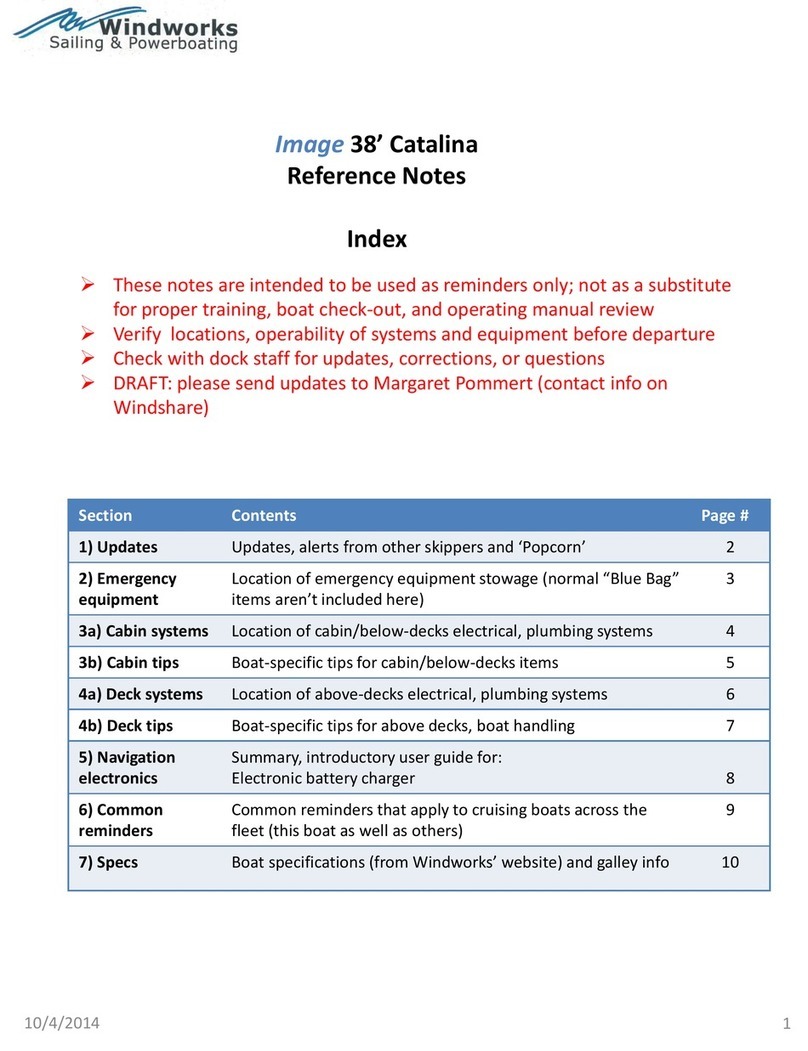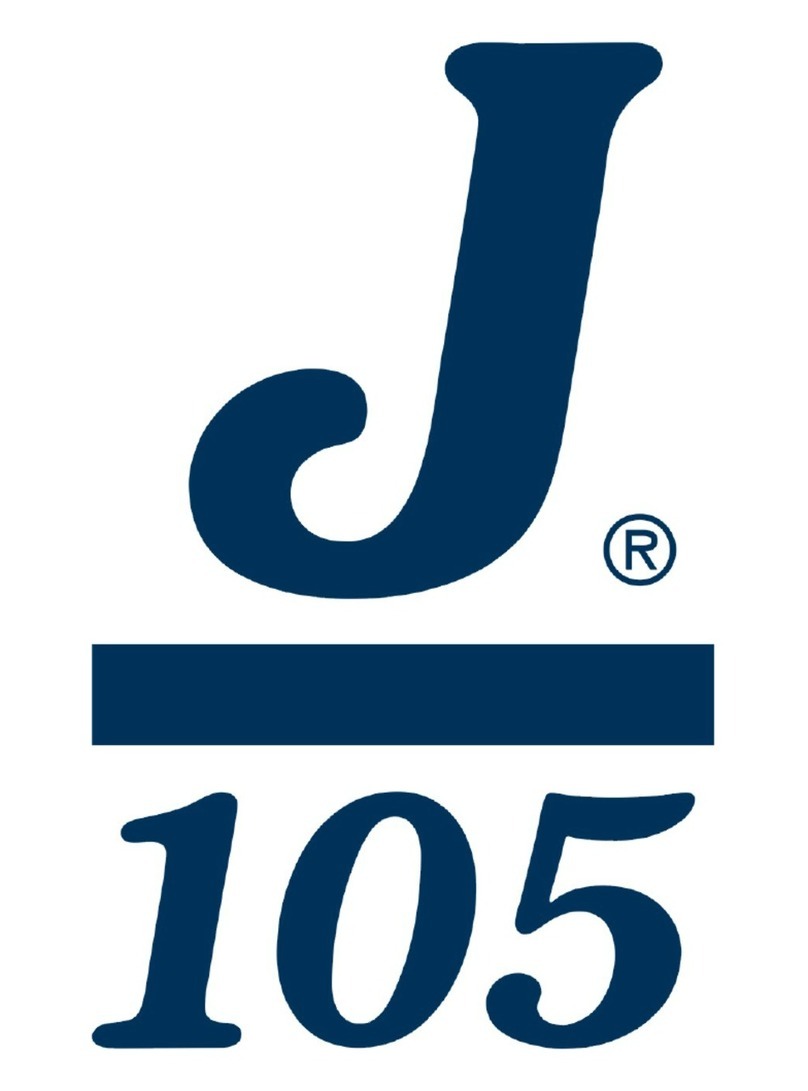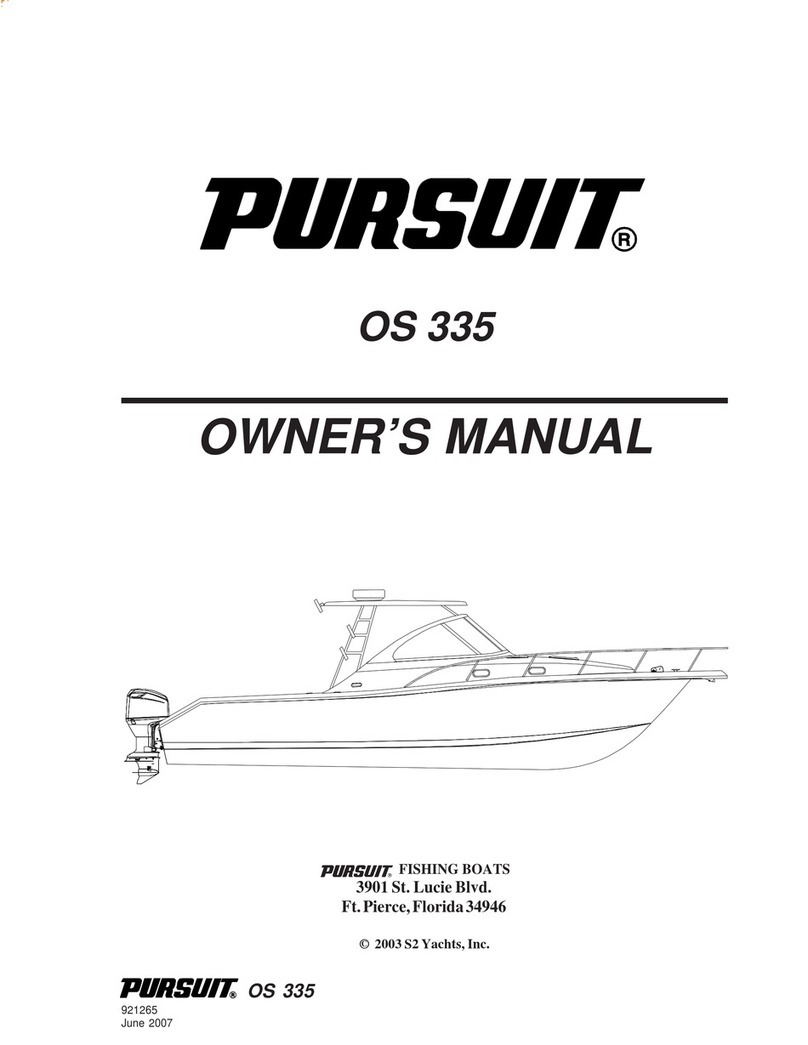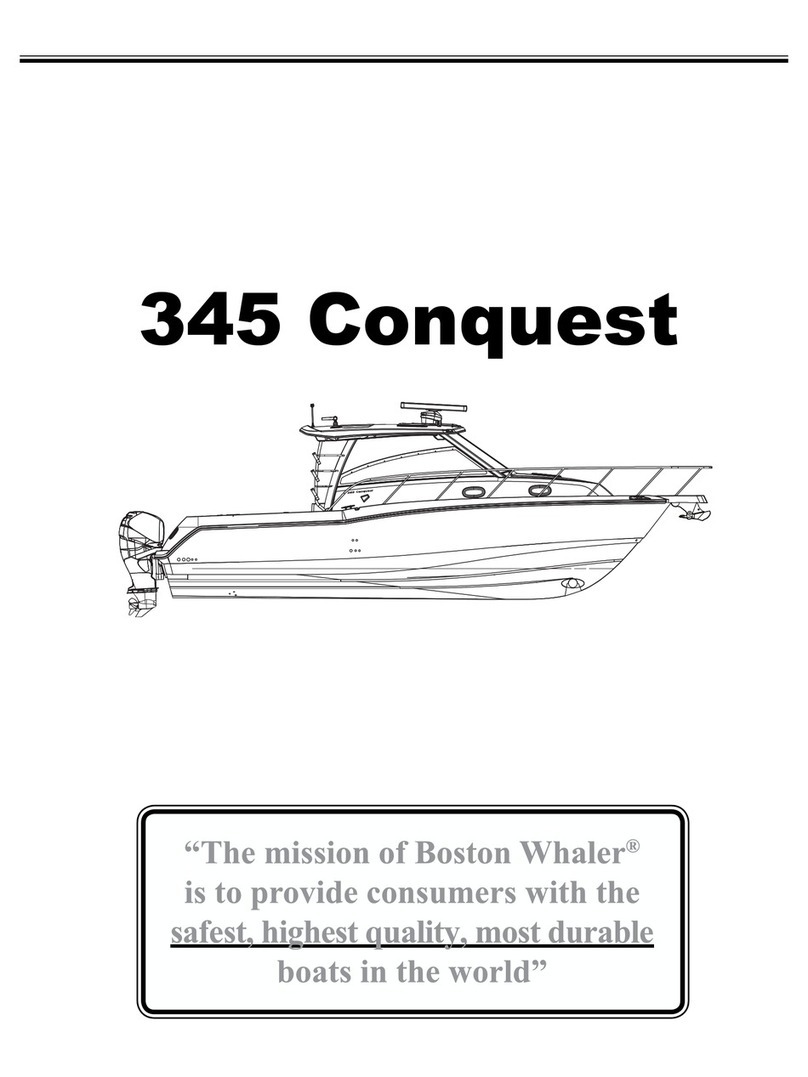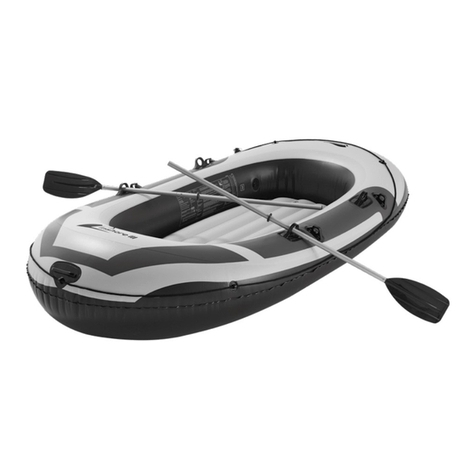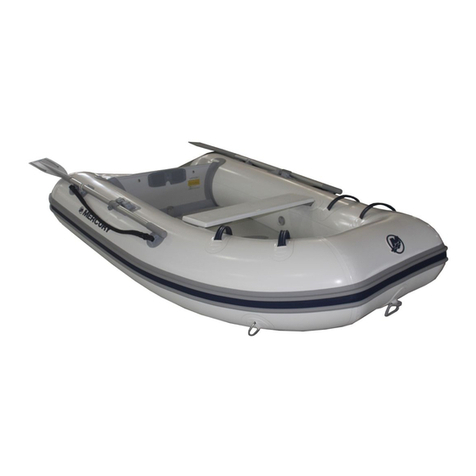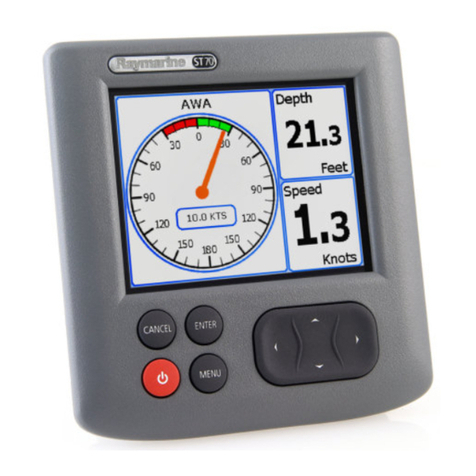Elizabethan 29 User guide

Elizabethan 29 Owners Handbook
Preliminary Edition August 2002
1INTRODUCTION..................................................................................................................3
2VITAL STATISTICS.............................................................................................................3
3THE TYPICAL ELIZABETHAN 29....................................................................................3
3.1 SUMMARY OF THE EOA SURVEY...........................................................................................5
4SAILING AND HANDLING.................................................................................................6
5PROBLEMS............................................................................................................................7
5.1 OSMOSIS................................................................................................................................7
5.2 RUDDER REPAIRS...................................................................................................................7
5.3 KEELBOLTS ...........................................................................................................................8
5.4 REPLACING THE MAST STEP...................................................................................................8
6PROJECTS.............................................................................................................................9
6.1 REPAIRING A BLISTERING DECK.............................................................................................9
6.2 FITTING A RUBBING STRAKE................................................................................................11
6.3 FITTING A HOLDING TANK ...................................................................................................12
6.4 ADDING A SPRAYHOOD........................................................................................................13
6.5 ANEW COCKPIT GRATING....................................................................................................15
6.6 MODIFICATIONS TO MAKE LIFE EASIER................................................................................17
6.6.1 Washboard windows...................................................................................................17
6.6.2 Main hatch cover........................................................................................................17
6.6.3 Extra scuppers............................................................................................................18
6.6.4 Convert the hanging locker to a cupboard.................................................................18
6.6.5 An athwartships berth.................................................................................................19
6.7 MODIFICATIONS TO MAKE YOUR BOAT MORE BEAUTIFUL ...................................................20
6.7.1 A new toilet seat..........................................................................................................20
6.7.2 Wooden window frames..............................................................................................20
6.8 ASSORTED PICTURES OF INTERIORS AND COCKPITS .............................................................21
7APPENDIX 1: THE 1963 BROCHURE.............................................................................22


1 Introduction
The Elizabethan 29 is a long-keeled GRP sailing yacht, designed by Kim Holman in 1962.
Twenty nine feet overall, she has a beam of seven feet six inches, a draught of four feet and two
inches and a waterline length of about twenty feet. Solidly built, graceful and a successful racer
down the years she is strong and forgiving to handle and has attracted many devotees.
This handbook has been assembled from the combined experience and knowledge of the
members of the Elizabethan Owners Association (EOA), starting in February 2002. After a
summary of the Liz 29’s vital statistics and character, including some sailing and handling tips for
anyone thinking of buying one, there are two chapters covering projects and major repairs carried
out by various members. The handbook is continually updated, and all contributions and
suggestions are gratefully accepted.
2 Vital Statistics
LOA 29 feet
LWL 20 feet
Beam 7 feet 6 inches
Draught 4 feet 2 inches
Displacement 5.05 Tons Thames measurement,
Approximately 3 tons
Mast(s) main: 30 feet. Mizzen 18 feet
Main 27 foot luff, 11 foot 6 inch foot,
Genoa 182 feet2
No.1 Jib 127 feet2
No.2 Jib 62 feet2
Mizzen
Spinnaker
3 The typical Elizabethan 29
This chapter could be quite short, as there isn’t really a typical Elizabethan 29. Most of the
earlier boats have some things in common with their peers, but all have been modified to a greater
or lesser extent and later models, especially home completions, can be quite radically different.
Even the Webster built boats evolved in design, with a new mould being produced by 1967. The
Elizabethan 29 was also built under license in France, but as yet we know little about them.

The Elizabethan 29 is best envisaged as a long folkboat with overhangs. For those familiar
with the Stella, Kim Holman evolved that design to become the Elizabethan 29. She has a long
keel with the rudder hung on the after end and angled forwards. The propeller sits in a cut-out
about halfway down the rudder. The first rudders were mahogany but later ones were
encapsulated in GRP or constructed entirely of GRP. The forefoot is cut away, with quite a fine
entry on her spoon bow giving long overhangs fore and aft. With her pronounced sheer, this
makes for a particularly distinctive and graceful boat. The earlier boats had an external cast iron
keel of 1.4 tons, but later boats had encapsulated lead ballast. The heads of the keelbolts are
glassed into the bilges.
The deck moulding incorporates an angular cabin, designed to resemble plywood from the
outside, and is usually unfinished on the inside except for a coat (or seven) of paint. There is a
modest foredeck and after deck, usually sporting a single central cleat each, with adequate side
decks. The deck is bonded to the hull and is covered by a teak capping on the short toerail all
round. There are three small scuppers on each side. The cabin top sports handrails as far as the
mast step. The forehatch is forward of the mast, and designs vary but the earlier models were
wood framed with an obscured Perspex insert. It usually opens aft but may open forward. The
main hatch from the cockpit has a sliding top and (usually) three washboards.
The cockpit is deep enough, not too narrow to brace your legs when heeled if you are over 5’
8”, and self-draining unless there are more than three adults in the cockpit. The cockpit coaming
is plywood with moulded and shaped corners. The winches, originally tufnol bottom-action
Lewmars, sit on steel-bracketed plinths part way along. There are up to three carved mahogany
cleats for the sheets on each side. The wooden seats, usually four of them, lift to reveal deep
lockers which may or may not contain batteries and gas bottles. There are usually tanks beneath
these, often water but occasionally fuel. There is a large lazarette under the after deck which may
contain a small fuel tank, usually 2-3 gallons in capacity.
The basic rig is a masthead sloop with a low aspect ratio main by modern standards. Some 29s
were yawl rigged, with a short mizzen mast mounted on the after deck. At least one is cutter
rigged. The original rig was a single forestay and backstay, main shrouds via a single crosstree
and a pair of lower shrouds. One variation is roller reefing, although the majority of the earlier
boats have not succumbed to this. Some boats have twin forestay and backstay, enabling two
headsails to be hanked on at a time, although it is not possible to achieve a high luff tension with
this arrangement. The mast itself is stepped on a short girder that spans the two internal
bulkheads, which are themselves reinforced with steel plates. The shrouds terminate in U-bolts
through the beam shelf, or less commonly to external chain plates, the forestay to the bow fitting
and the backstay to a chain plate inside the transom.
There was no internal moulding, so bulkheads and furniture were made of wood. The early
boats contained a lot of wood, with a glassed in stringer and beam shelf. There is also often a
timber deadwood at the after end of the keel, to which the prop-shaft bearing is attached. A length
of curved timber is also glassed into the stem. By 1967 Webster’s were using a new mould, and
much of this wood may have been dispensed with. Below there are usually four berths in two

cabins. The main cabin has a galley to port comprising a sink and a 2-burner cooker, with grill,
along with stowage for utensils. The navigation area is under the main hatch to starboard and the
engine lives beneath or behind the companionway steps. Original engines were Petters or petrol
Fare Gotas, although Vires were fitted. This was because in 1963 the available diesel engines
were considered too heavy for racing. Nowadays you are more likely to find a small diesel, such
as the Yanmar, of 8-12 hp. The older Yanmar 1GMs were only 6½ hp, however, that last half
being very important! Two berths are on either side of the main cabin with stowage beneath and
behind. There should also be lee-cloths for these berths. Two small compartments forward of this
house the heads to starboard and a hanging locker to port. Two vee berths are in the forward
cabin, with more stowage below and an open cave locker in the bows. The Webster built boats
have two side widows in the main cabin, one each over the heads and hanging locker and a
forward-looking one in the forecabin.
3.1 Summary of the EOA survey
Prior to starting the handbook, all the Elizabethan 29 owners in the EOA were invited to
return a questionnaire to try and establish just what we could expect to find on a typical boat. As I
said before, there was a huge variation but the following is an attempt to summarise the replies we
received.
Keel: 1.4 ton external iron (1 boat), 11/4ton encapsulated (2 boats).
Rudder: Mahogany plank (1 boat), wood encapsulated in grp (1 boat) or grp (1 boat). Wooden
rudders are earlier (up to 1965 or 1966?) and grp later. Encapsulated wooden rudders are probably
the original wooden rudders that have been modified by their owners.
Rig: The sloops have a single pair of spreaders and two inner pairs of shrouds. Either a single
forestay and backstay (4 boats) with hanked-on headsails (3 boats) or roller reefing (2 boats) or
twin forestays and backstays with hanked-on headsails (2 boats). One boat has one forestay and
two backstays. The single backstay may have two legs from head height to the deck (1 boat). The
main can have one (2 boats), two (0 boats?) or three slab reefs (3 boats)and/or boom roller reefing
(4 boats). One boat has in-mast roller reefing. The foresail is sheeted to a track on the toerail (all
boats). The 4:1 mainsheet is on a traveller attached to the after end of the cockpit (all boats).
There are two sheet winches in the cockpit and one or two halyard winches at the mast. Strong
feelings were expressed on the desirability of foresail roller reefing. Those who have it seem quite
happy but many of those who don’t would not let such a contraption sully their decks. In the
words of the owner of Tamarisk (No. 1): “NO! NEVER! Well, at least not until I am REALLY
old.” Similar sentiments have been expressed about sprayhoods, by those do not have one.
Engine: 7.5hp Yanmar 1GM (2 boats), 7.5hp Arona Nuova, 10hp Ducati, Bukh 10, 13.5hp
Beta Marine, 13hp Yanmar 2GM and a 1500cc marinised BMC 4-cylinder diesel. The variation is
so great that no comment is really possible.
Propeller: 12-inch diameter, two-bladed or three-bladed (3 and 2 boats respectively). Only one
boat knew the pitch, quoting a twelve by nine inch prop., but not the number of blades.
Table of contents
Popular Boat manuals by other brands

Jeanneau
Jeanneau SUN ODYSSEY 41 DS owner's manual
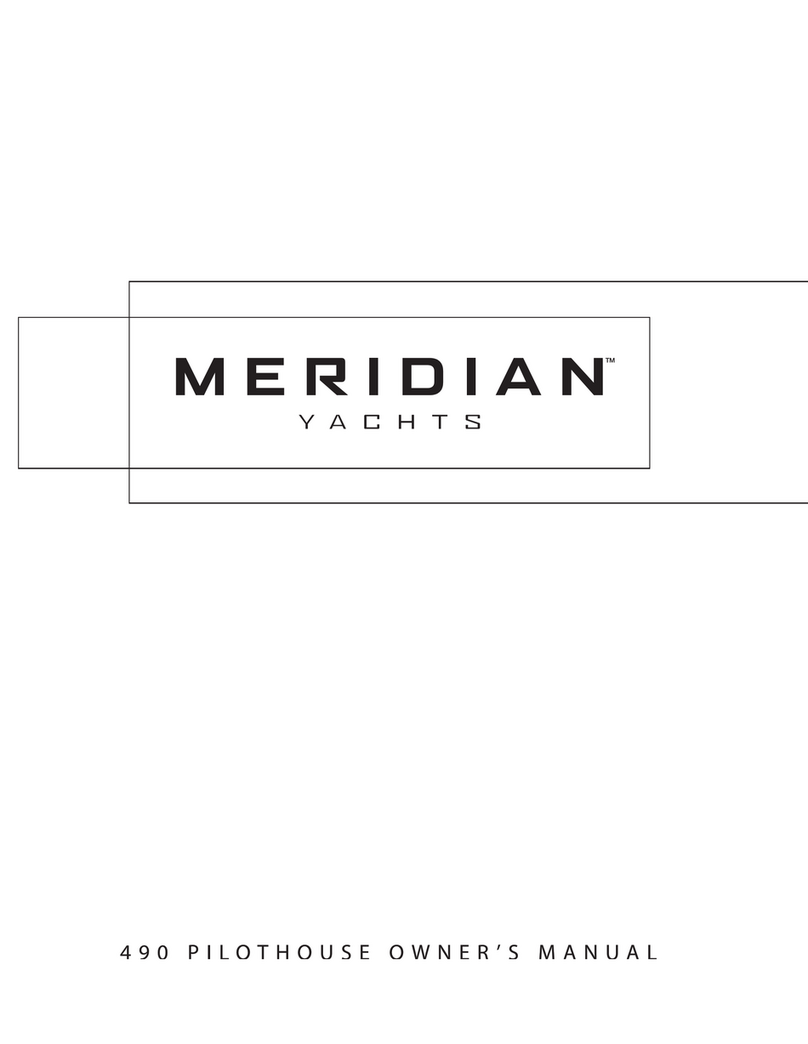
Meridian
Meridian 490 Pilothouse owner's manual
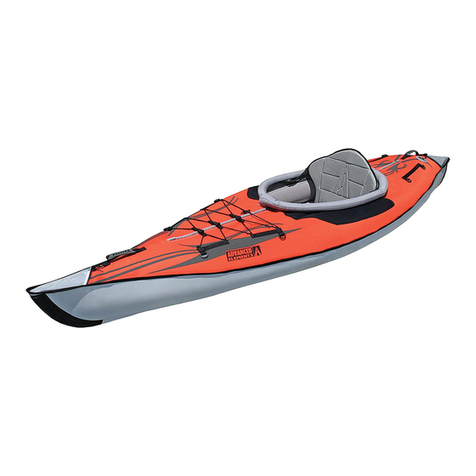
Advanced Elements
Advanced Elements AdvancedFrame Expedition AE1009 owner's manual
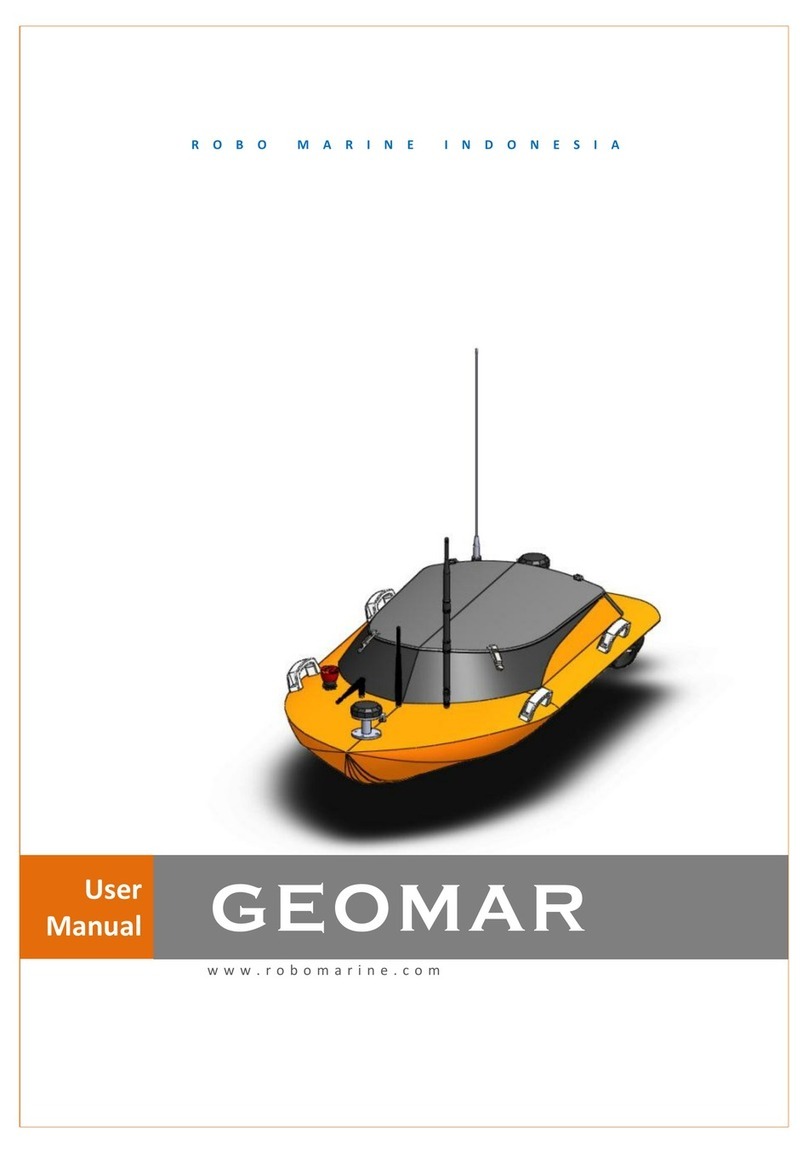
Robo Marine Indonesia
Robo Marine Indonesia GEOMAR user manual
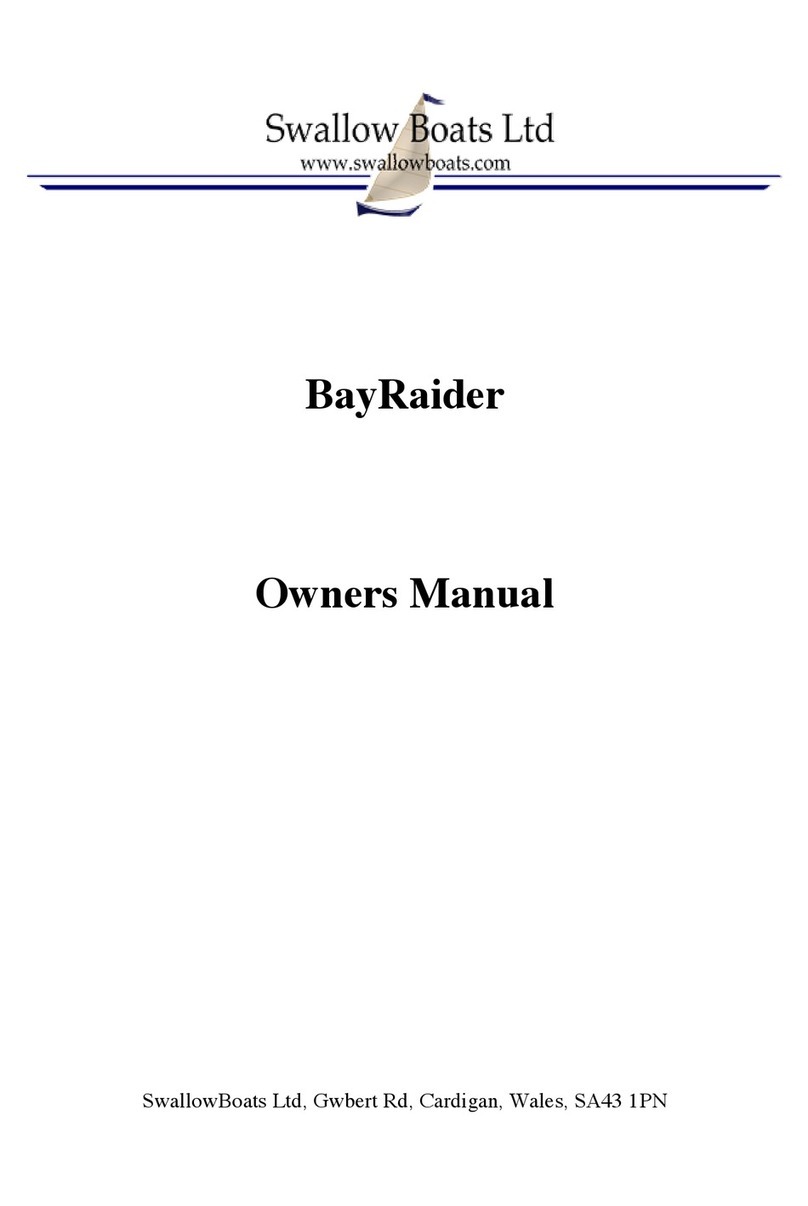
Swallow Boats
Swallow Boats BayRaider owner's manual
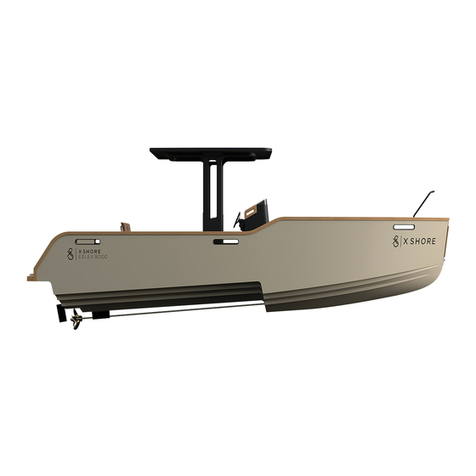
X SHORE
X SHORE EELEX 8000 owner's manual
